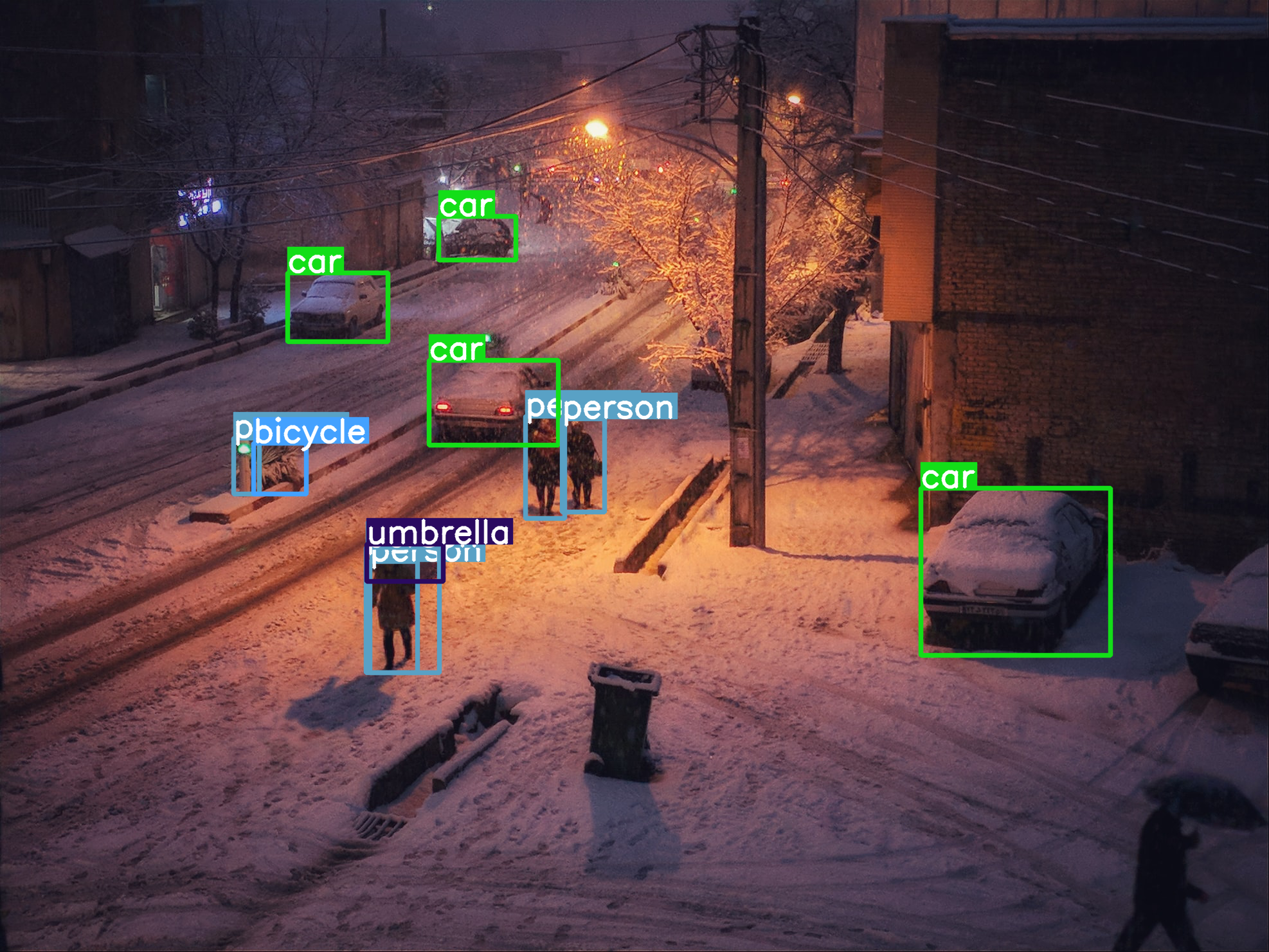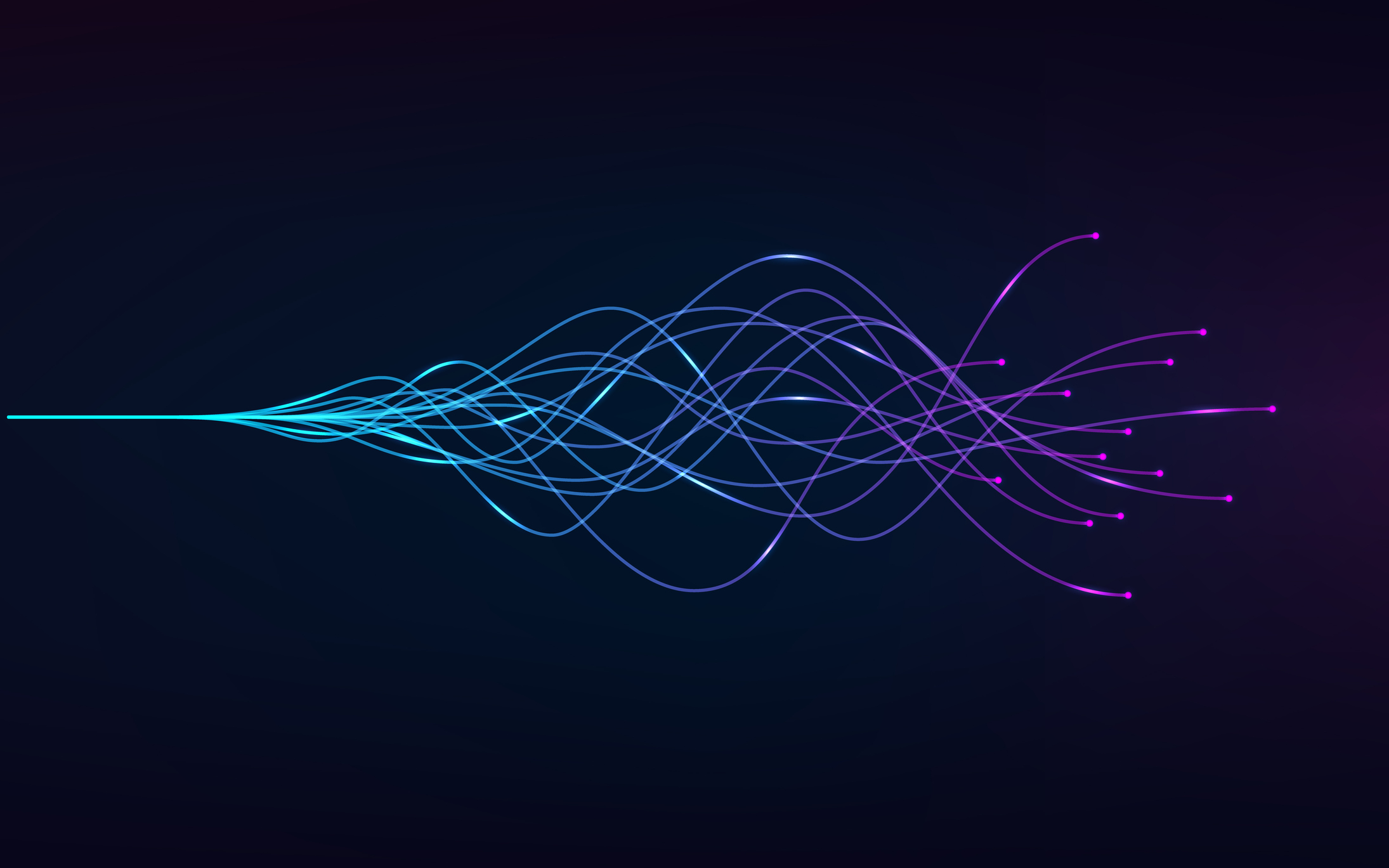DronesAI
Computer Vision
Computer vision applied to drones enables these aircraft to process and interpret visual data, including images and videos, for various applications. It is crucial for tasks such as obstacle detection, autonomous navigation, and object recognition, thus enhancing drones’ ability to autonomously interact with their visual environment in real-time


DronesAI
Deep Learning
Deep learning applied to drones involves the use of advanced neural networks to process and analyze data. These deep learning techniques are invaluable for tasks like image recognition, autonomous navigation, and decision-making, enabling drones to efficiently perform complex operations and adapt to dynamic environments
DronesAI
Autonomous Robotics
Path Planning
Path planning for drones involves calculating an optimal route while avoiding obstacles, enabling drones to navigate autonomously in complex environments efficiently and safely
Obstacle avoidance
Obstacle avoidance for drones involves the use of sensors and algorithms to detect and navigate around obstacles, ensuring safe and autonomous flight in complex environments
Localization, simultaneous mapping (SLAM)
Localization and Simultaneous Mapping (SLAM) for drones use sensors and algorithms to pinpoint the drone’s position and create real-time maps, enabling autonomous navigation and interaction with the environment

